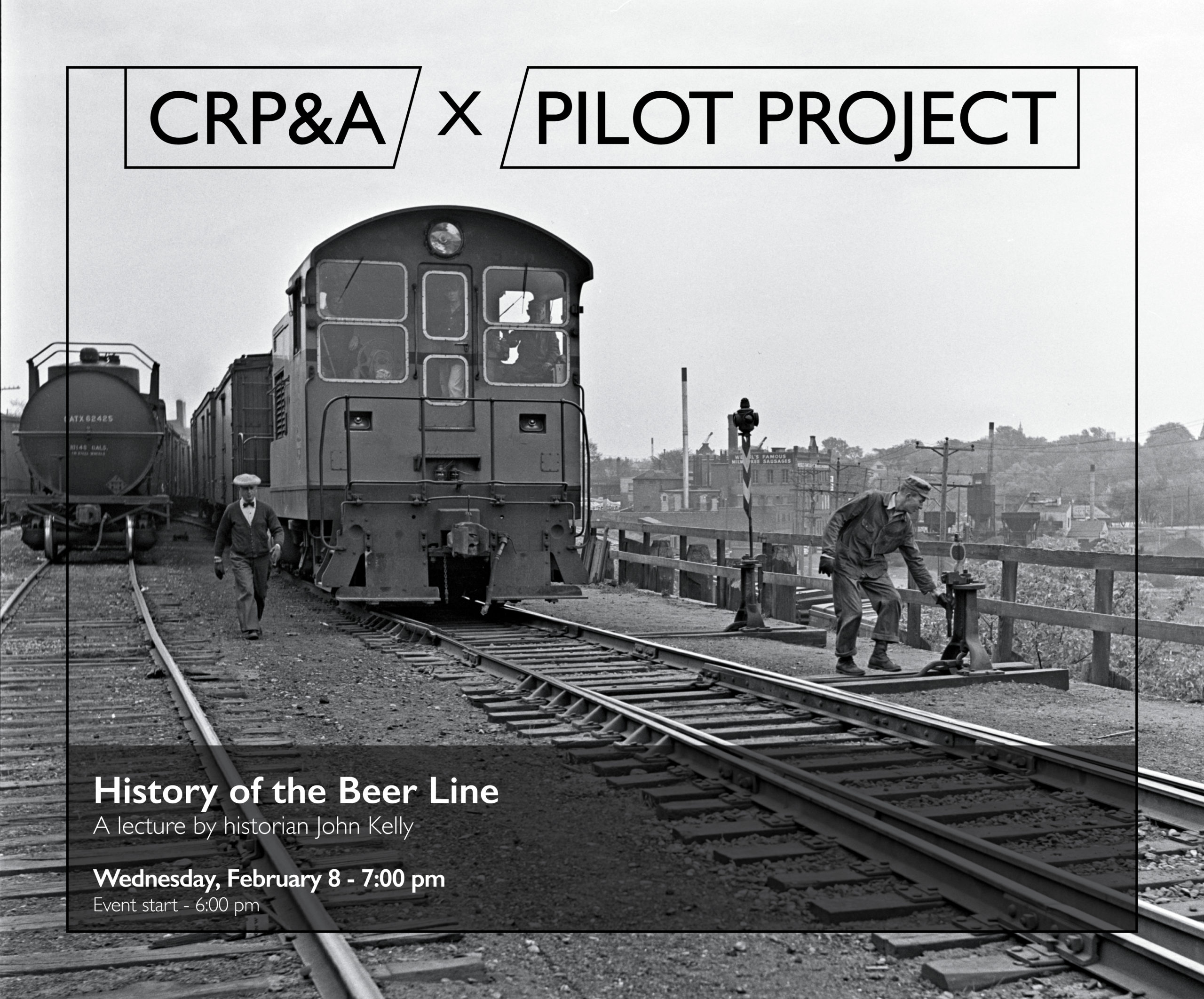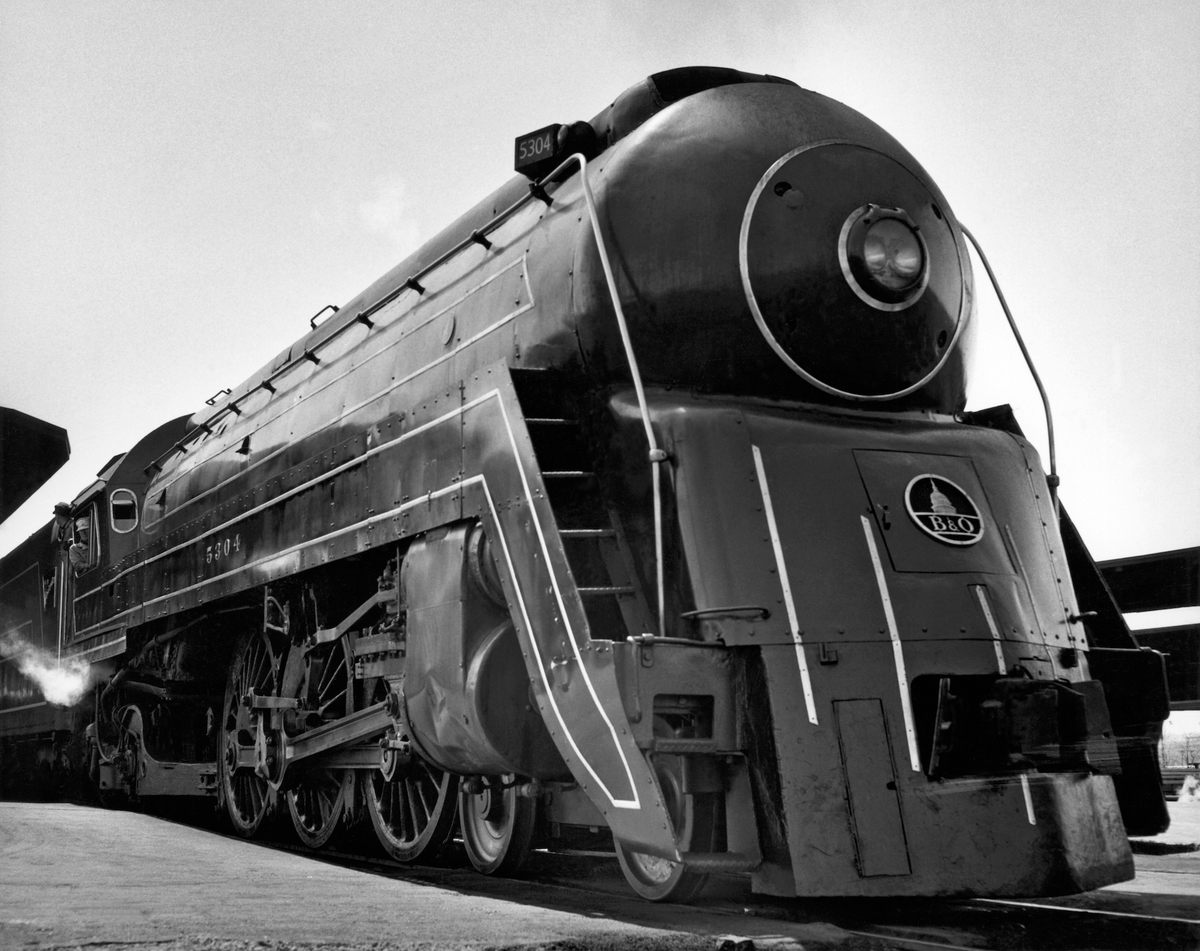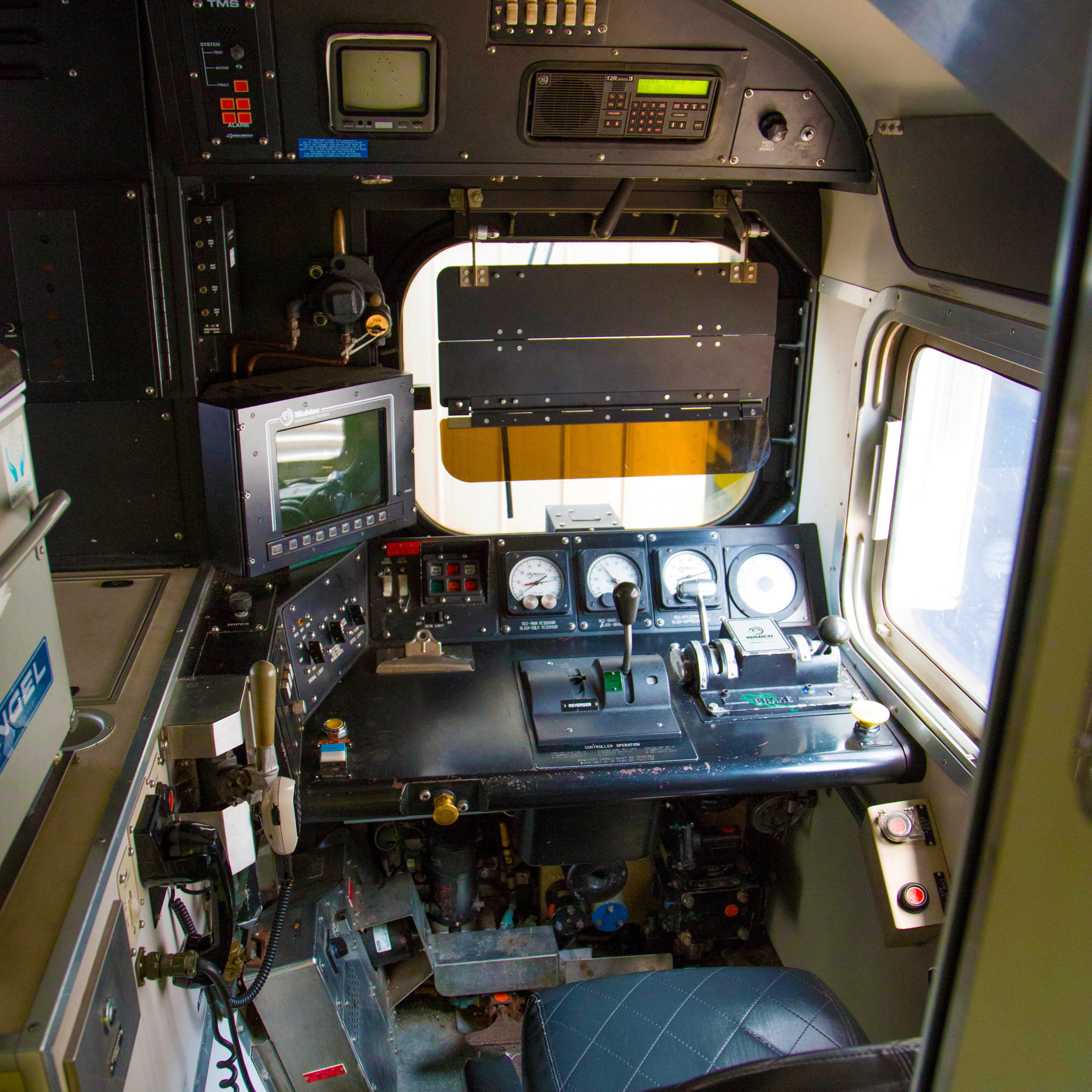Tuesday, February 21, 2023
7:00 p.m. (U.S. Central Time), on Zoom
In our next free online program, John Signor will showcase his spectacular paintings of the American rail industry, with a focus on western lines. Best known for his books and bird’s-eye view maps; John will relate his journey from a high school student through various attempts to depict his passion for trains. He started by creating art in various media and culminated in a transition to oil paints nearly forty years ago. He will regale those who influenced the path of his career and the lessons he has learned along the way.
Blessed with a natural ability, John Signor always dreamed of being an artist and pursued that direction through college. He was working as a freelance graphic designer in San Francisco in 1974 when his career took a turn and he was hired out with Southern Pacific as a Brakeman/Conductor. John’s interest in railroading and his efforts as a researcher, writer, artist, and cartographer merged over time and he went on to author more than a dozen books on western railroad history and contribute to many other books and periodicals.
This event is free.
This presentation will be recorded and be made available on our YouTube page, www.youtube.com/railphotoart

 Citrus Belt Retrospective. Painting by John Signor
Citrus Belt Retrospective. Painting by John Signor Photograph by Wallace W. Abbey, collection of the Center for Railroad Photography & Art, Abbey-01-148-07
Photograph by Wallace W. Abbey, collection of the Center for Railroad Photography & Art, Abbey-01-148-07
 The Cincinnatian was designed by Olive W. Dennis and put into service in 1947. Courtesy of Underwood Archives/Getty Images.
The Cincinnatian was designed by Olive W. Dennis and put into service in 1947. Courtesy of Underwood Archives/Getty Images. Metra Bi-level Cab Car – Push Pull Technology, 2015. Photograph by Todd Halamka.
Metra Bi-level Cab Car – Push Pull Technology, 2015. Photograph by Todd Halamka.